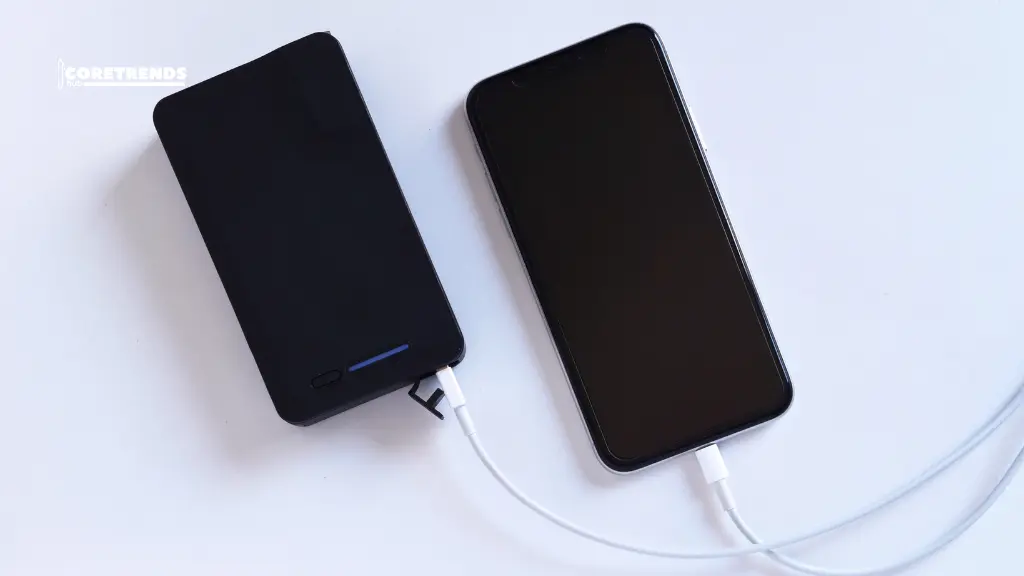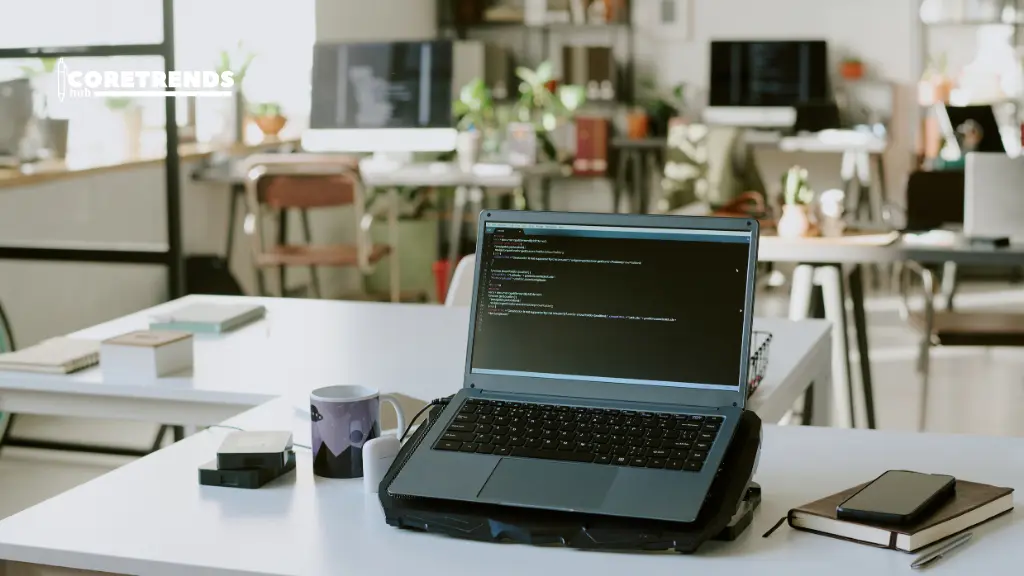Charging a power bank properly is important because it helps the device last longer. When you use the right cable and adapter, the battery inside charges safely and evenly. This reduces the risk of overheating or damaging the cells. If you charge it the wrong way, it can lose capacity faster and may not store enough power for your devices.
Proper charging also keeps you safe. Low-quality chargers or overcharging can cause the power bank to get hot and even stop working. By following simple steps, like checking the input rating and avoiding constant charging, you protect both the power bank and your devices.
Table of Contents
How a Power Bank Works
A power bank works like a portable battery that stores energy for later use. It has rechargeable lithium-ion or lithium-polymer cells inside. These cells hold the electrical energy that comes from charging the power bank. Once it is full, you can use it to charge your phone, tablet, or other small devices when you are not near a wall socket.
The device has two main parts: the input port and the output port. The input port is used to charge the power bank itself. You plug it into a power source with the right cable and adapter. The output port is where you connect your devices to get charged. Most power banks come with USB or Type-C outputs to fit modern gadgets.
Many power banks also include LED lights or digital displays. These show the remaining battery level, so you know when it needs recharging. Some advanced ones even have multiple output ports or fast charging features. This makes them more useful if you carry several devices.
Checking the Power Bank’s Capacity and Input Rating
When choosing or using a power bank, it is important to check its capacity. The capacity is shown in milliampere-hours (mAh) and tells you how much energy the power bank can store. For example, a 5,000 mAh power bank can give one full charge to most smartphones, while a 20,000 mAh one can charge the same phone several times. A higher capacity means more backup power when you are away from electricity.
The input rating is another key detail. This rating shows how quickly the power bank itself can be charged. It is written in volts (V) and amperes (A). For instance, an input of 5V/2A will recharge faster than 5V/1A if you use the right adapter. If you use a low-power charger, the power bank may take many hours to fill up.
Some power banks also support fast charging through higher input ratings or Type-C ports. This can make recharging much quicker and more convenient. Always match the adapter and cable with the input rating for the best results.
Choosing the Right Charging Cable and Adapter
Choosing the right charging cable and adapter makes a big difference in how well your power bank charges. The cable must fit the input port of your power bank, which is usually micro-USB, USB-C, or Lightning. Using the original cable that comes with the power bank is always the safest choice. If you lose it, go for a good-quality replacement that can handle the required power. Cheap or damaged cables may slow down charging and even damage the battery over time.
The adapter is just as important. Every power bank has an input rating, often written as 5V/2A, 9V/2A, or something similar. This tells you the best charging speed your power bank can handle. If you use a low-power adapter, it will take much longer to charge. If you use one that is too powerful, it may cause overheating or reduce the battery’s lifespan.
Many modern power banks support fast charging, but this only works if the adapter matches the input rating. A certified adapter from a trusted brand ensures stable and safe charging. It also reduces the risk of electrical issues.
Steps to Properly Charge a Power Bank
1. Connect the Right Charging Cable
Use the original cable that came with the power bank, or choose a high-quality replacement. Make sure it matches the input port, which can be micro-USB, USB-C, or Lightning. This ensures safe and efficient charging.
2. Plug into a Suitable Power Source
Connect the other end of the cable to a wall adapter, laptop USB port, or power strip. Make sure the adapter matches the input rating of the power bank. Avoid low-power or too-strong adapters to prevent slow charging or overheating.
3. Monitor Charging Indicators
Most power banks have LED lights or a digital display to show charging progress. Avoid using the power bank while it is charging, as this can slow down charging and generate extra heat.
4. Unplug When Fully Charged
Once the indicator shows the battery is full, unplug the power bank. Following these steps regularly protects the battery and ensures it is ready whenever you need backup power.
How Long Does It Take to Charge a Power Bank
The time it takes to charge a power bank depends on its capacity and the input rating. Smaller power banks, like those with 5,000 mAh, can usually charge in 2 to 3 hours. Larger ones, such as 20,000 mAh or more, may take 8 hours or longer. The bigger the battery, the more energy it needs, so charging naturally takes more time.
The charging speed also depends on the adapter and cable you use. Using a higher-rated adapter that matches the power bank’s input can reduce charging time. Low-quality or low-power adapters will make it take longer, even if the power bank itself supports fast charging.
Other factors, like charging while using the power bank or keeping it in a hot environment, can also slow the process. Monitoring the indicator lights or display helps you know when it is fully charged.
Common Mistakes to Avoid When Charging
- Using the Wrong Charger or Cable: Cheap or incompatible cables can slow charging or damage the battery. Always use a cable and adapter that match the power bank’s input rating for safe and efficient charging.
- Charging While Using the Power Bank: Using the power bank while it is charging generates extra heat and can reduce battery life. It also slows down the charging process, so the device may not be ready when needed.
- Overcharging the Power Bank: Leaving the power bank plugged in after it is fully charged can cause overheating and shorten battery lifespan. Unplug it once it reaches 100% to protect the battery.
- Ignoring Storage Conditions: Charging in very hot or cold environments can damage the battery cells. Always charge your power bank in a cool, dry place to maintain performance and safety.
- Not Checking the Battery Level Regularly: Failing to monitor the power bank’s battery level can lead to running out of backup power when needed. Keep an eye on the indicator lights and recharge before it gets too low.
Conclusion
Charging a power bank properly keeps it safe and working longer. Using the right cable and adapter, following the input rating, and avoiding overcharging all help protect the battery. Watching the indicator lights ensures you know when it is full and ready to use.
Avoiding common mistakes, like charging while using it or exposing it to extreme temperatures, also improves its performance. By following simple steps, your power bank will charge faster, last longer, and give reliable backup power whenever you need it.



